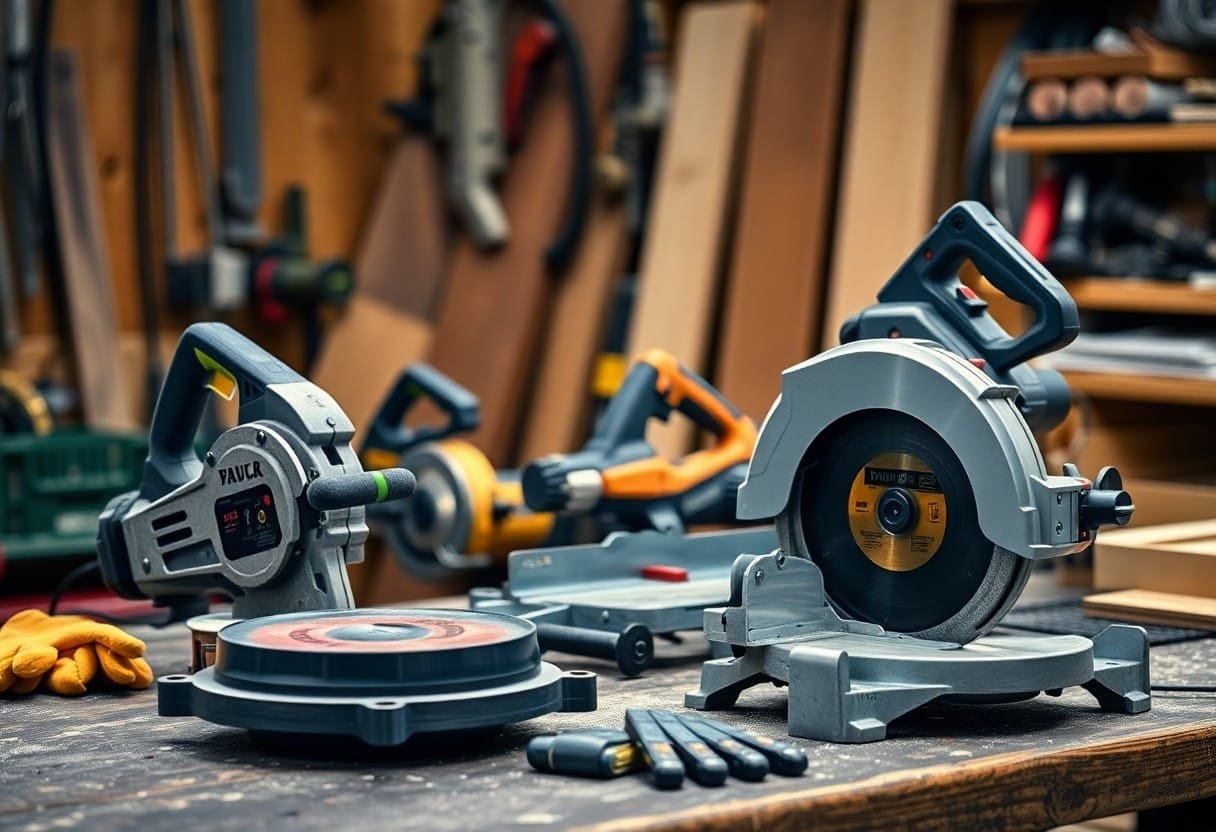As a beginner, selecting the right saw can be an overwhelming task, given the variety of options available in the market. However, understanding your needs and the specific types of saws can make the decision much easier. This guide will provide you with imperative tips to help you find the perfect saw for your projects.
The first step in choosing a saw is to pinpoint the type of projects you plan to undertake. There are several categories of saws, including hand saws, circular saws, jigsaws, and table saws. Each type serves a different purpose and excels in specific applications. For example, if you will be working with larger pieces of lumber for framing or construction, a circular saw or a table saw might be the best choice. If you are working on smaller, detailed projects or need to make curved cuts, a jigsaw could be more suitable. Consider the scope of your projects to guide your selection.
Next, think about the materials you will be cutting. Different saws are designed for various materials such as wood, metal, or plastic. Most beginner projects typically involve wood, so a hand saw or circular saw is often sufficient. If your projects may involve other materials, ensure that the saw you choose can handle those as well, either through specialized blades or features.
Another significant factor to keep in mind is the saw’s ease of use. As a beginner, opt for a saw that is user-friendly and doesn’t require advanced skills to operate. For instance, corded or cordless circular saws often provide straightforward setups and are intuitive to handle. On the other hand, more complex saws may involve a steeper learning curve. Look for features such as an ergonomic grip, lightweight design, and effective safety measures like blade guards to help you feel more comfortable during use.
Portability is also an important aspect to consider. If you plan to work on various job sites or move around different areas of your home, look for a lightweight saw that is easy to transport. Electronic models typically come with cables, so make sure to factor in the need for power outlets as well. Cordless options might provide the convenience you need for mobility.
In terms of budget, it’s imperative to find a good balance between cost and quality. High-end saws boast advanced features but may be unnecessary for a beginner. Conversely, very low-cost options may compromise on safety and durability. Research and read reviews from other beginners to learn what has worked well for them without breaking the bank.
Lastly, don’t forget about the warranty and customer support. A reliable warranty can give you peace of mind as you start your journey in woodworking. Additionally, consider sellers with positive customer service reputations should you need assistance or have questions about your new tool.
In the final consideration, choosing the right saw as a beginner involves understanding your specific needs, project requirements, budget, portability, and user-friendliness. By focusing on these aspects, you will be well-equipped to make an informed decision and commence on your woodworking endeavors with confidence.




